Housing costs are being driven up by low supply, increased demand, poor wage growth and a lack of proper financing tools.
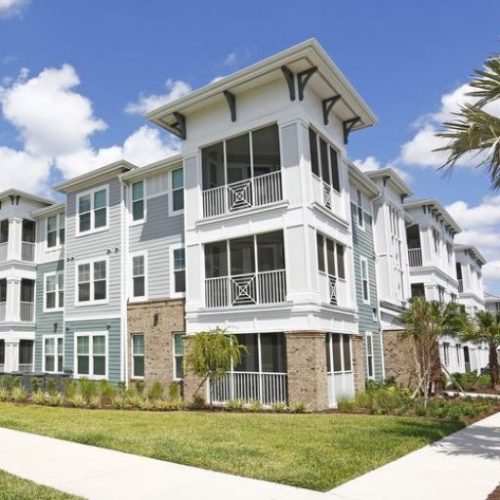
The affordable housing crisis doesn’t seem to be getting better. At the moment, there is a perfect storm driving housing prices and rents up. The storm includes low supply, increased demand, poor wage growth and a lack of proper financing tools, all of which are helping to drive rents up.
“We’ve been seeing a huge influx of local and state resources for affordable housing in California, bringing a much larger pipeline of transactions,” Cecile Chalifour, west division manager for Community Development Banking at Chase, tells GlobeSt.com. “However, we’re facing an ongoing and perfect storm: low production of affordable housing over the last 10 years with low supply, increased demand leading to higher rent expectations from landlords and investors, and a growing disconnect between rent increases and income growth. As a result, the affordable housing crisis is growing. Although we have more resources today, high development costs for land and construction are making it harder to build financially viable affordable housing projects.”
It isn’t only a severe supply demand imbalance, but also a shortage of funding tools and solutions to bring more affordable housing product to the market. “The complexity of the tools to finance affordable housing can also present challenges,” says Chalifour. “Developers and financial partners spend a tremendous amount of time, capacity and financial resources to secure funds and structure transactions. Despite some challenges, this is an industry of creative players, so there has been a lot of innovation and improvements resulting from those challenges.”
While there are challenges, awareness and focus on the problem is growing, particularly in 2019. Last year, several industry professionals and political leaders stepped forward to offer solutions to the crisis. “In 2019, we have seen increased awareness and sensitivity to the affordable housing crisis from the general public. Over the last couple of years across California, we saw major support from voters and elected officials for legislative and regulatory reforms, as well as additional resources to support the production and preservation of affordable housing, in response to the heightened crisis,” says Chalifour. “That includes a host of initiatives around renters protection and zoning and environmental regulations to facilitate the development of affordable housing—such as innovation around accessory dwelling units, mixed income housing and the $2 billion in new funding at the state level. We’re also seeing new industry players looking to bring new resources and tools to the table.”

On the capital side, financing packages have focused on permanent supportive housing and workforce housing. “This has led to industry-wide constructive conversations on underwriting operating subsidies and market risk, capacity of new industry players and the gap in financial tools,” says Chalifour. “We also saw some innovative approaches to construction and finance, such as modular construction, public sale of bonds, 40-year amortization and early rate locks, among others.”
For this complete article and others similar to this, CLICK HERE <——-
To contact Sean Dreznin about discussing the market, your properties or anything relating to multifamily and commercial real estate investments, click here <——


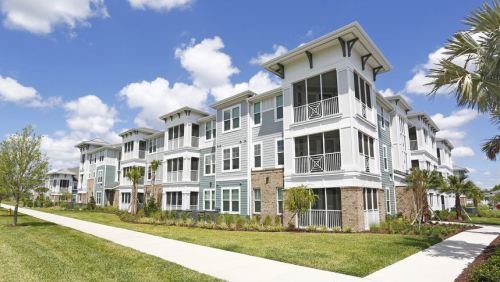
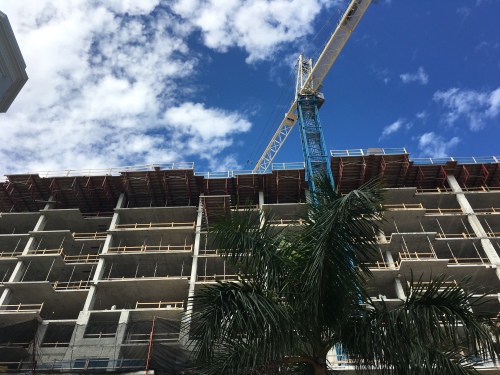
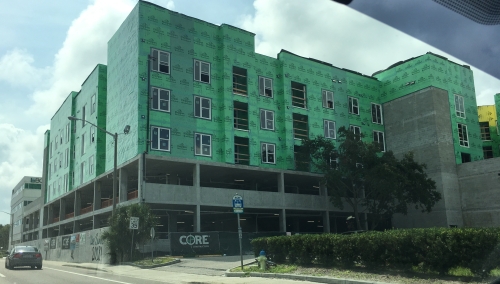


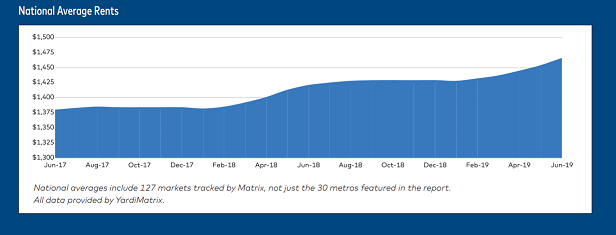

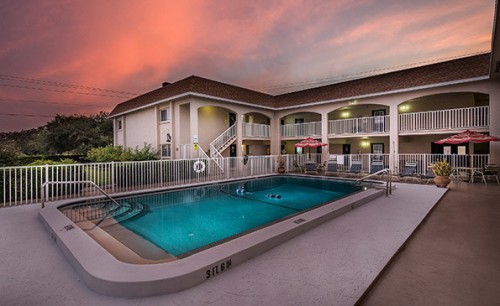



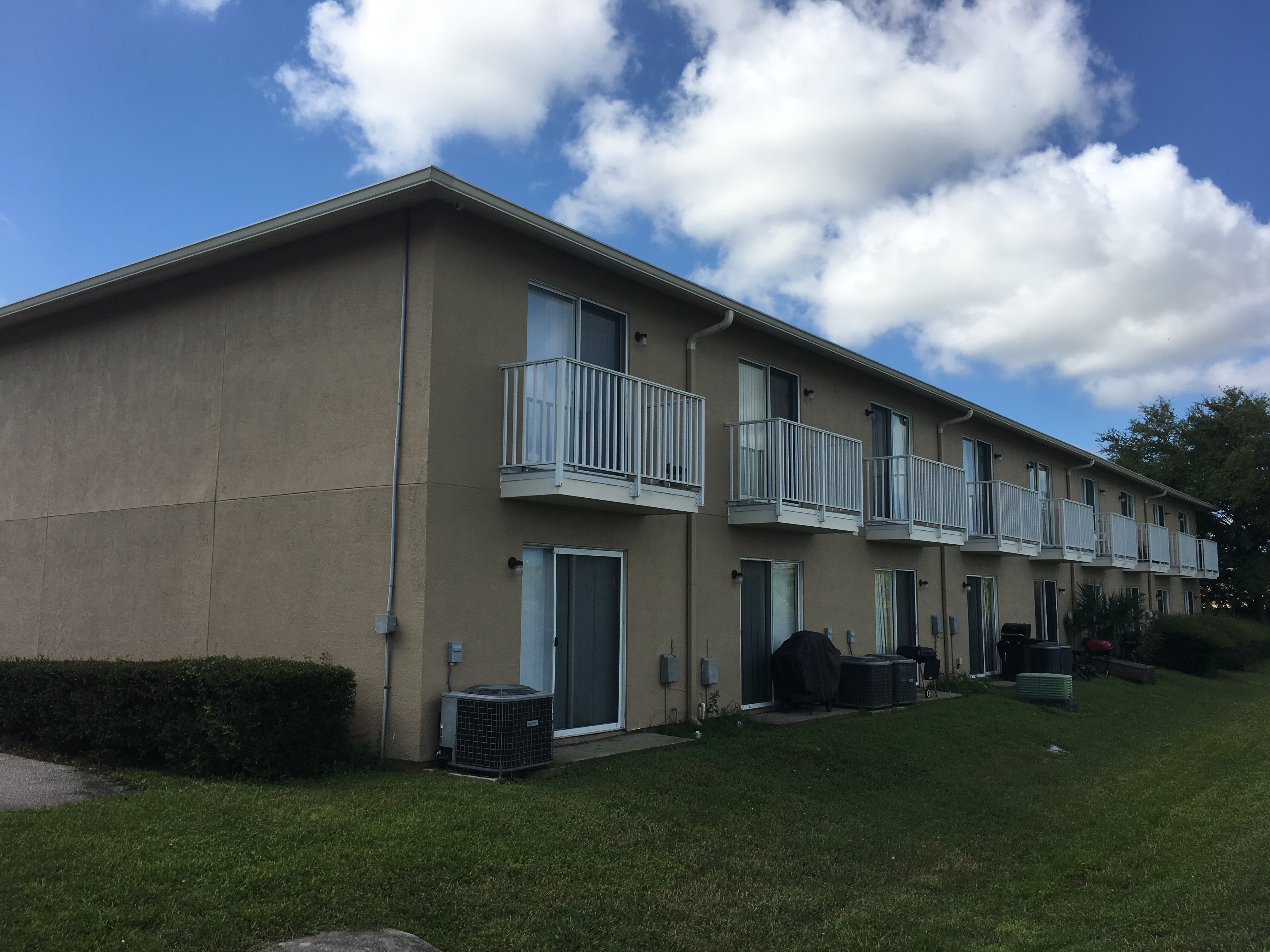



You must be logged in to post a comment.